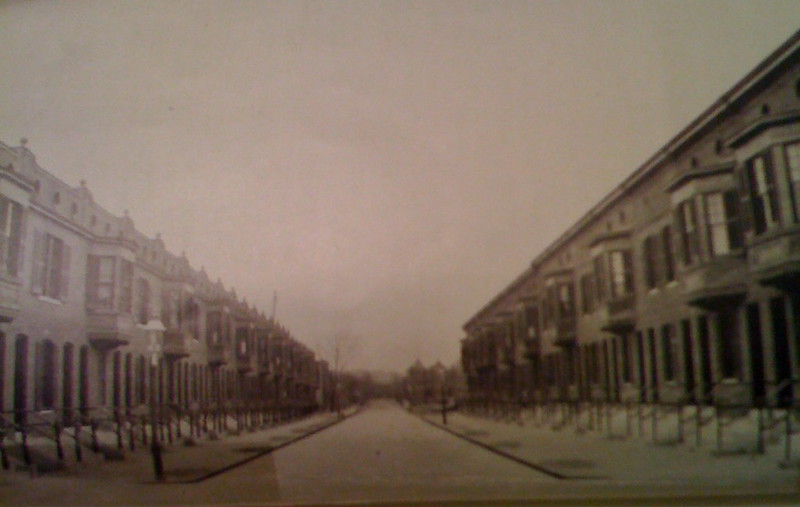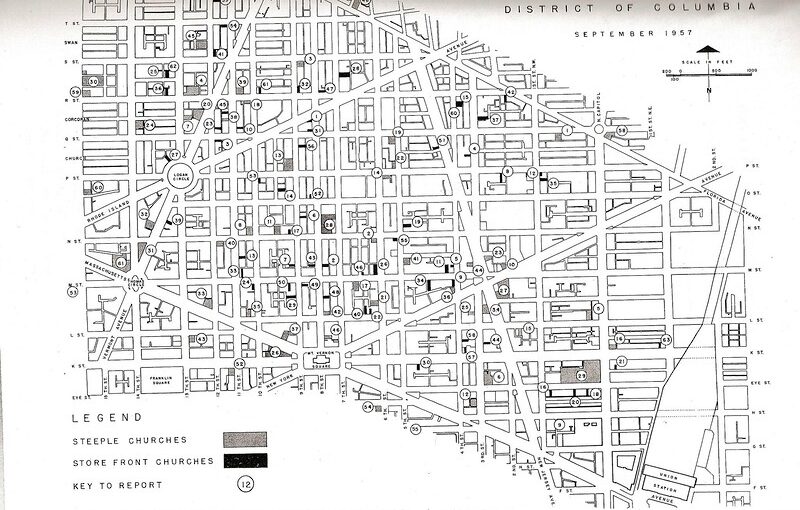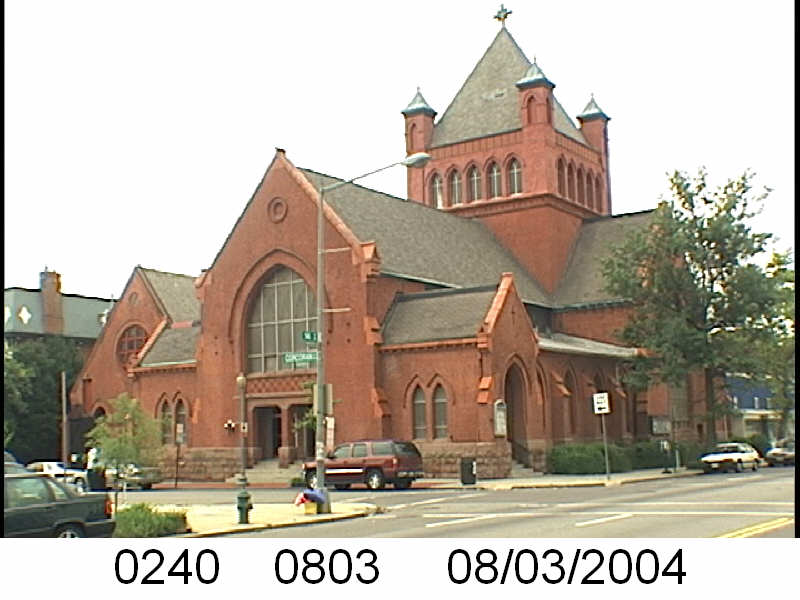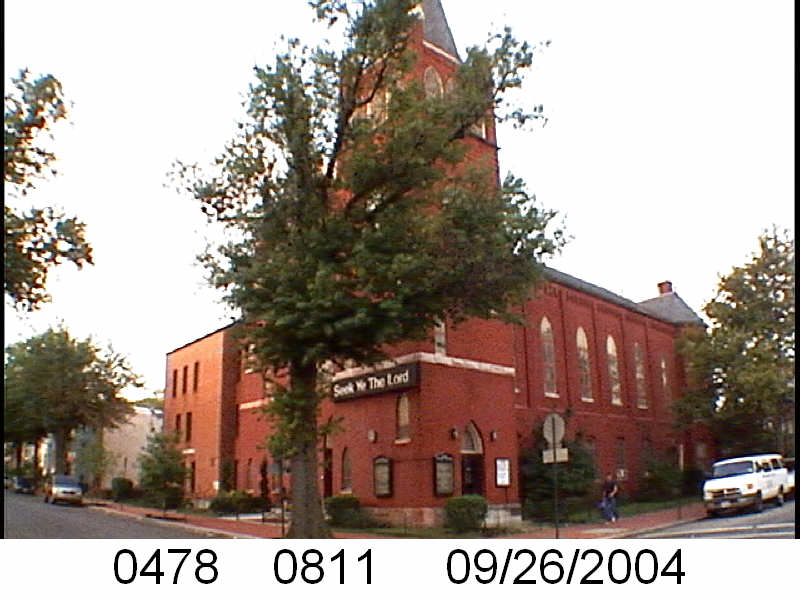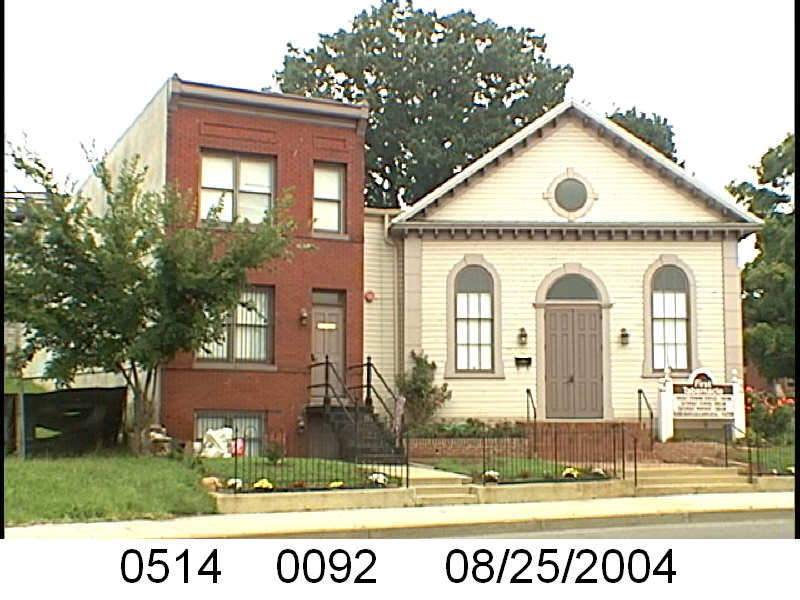Below is an old post that was originally posted on January 30, 2009. For this deep dive into the Washington Sanitary Improvement Company, I will look at the few posts where we looked at the WSIC but then I will look at the land and other records about the squares 552 and 615.
When last I left I was writing about the Washington Sanitary Improvement Company (WSIC) which built the houses along Bates Street NW, and some other streets in the TC that are somewhat Bates adjacent, around the turn of the century. You know they are built by the same company because their 2nd story bay window thing.
Anyway, the WSIC’s goal was to replace the slum dwellings in the various alleys, but as a profitable company and not a charity. From The History and Development of the Housing Movement in the City of Washington, D.C. page 61, Article III, section 4:
The company, although organized from philanthropic motives, is not a charity organization, and the executive committee shall take all legal measures to collect rents and to evict tenants who fail to pay their rent, or who neglect to keep the tenements occupied by them in a cleanly and sanitary condition, or who lead a dissolute or criminal life.
Another thing, as part of the pitch to draw interest in the company the author and secretary of the company George M. Kobr writes:
The attention of capitalists should be drawn to the fact that no class of realty pays as well as alley property in this city, and that there is a splendid field for investment in the erection of sanitary and comfortable alley houses on a business and humanitarian basis.
–page 23

